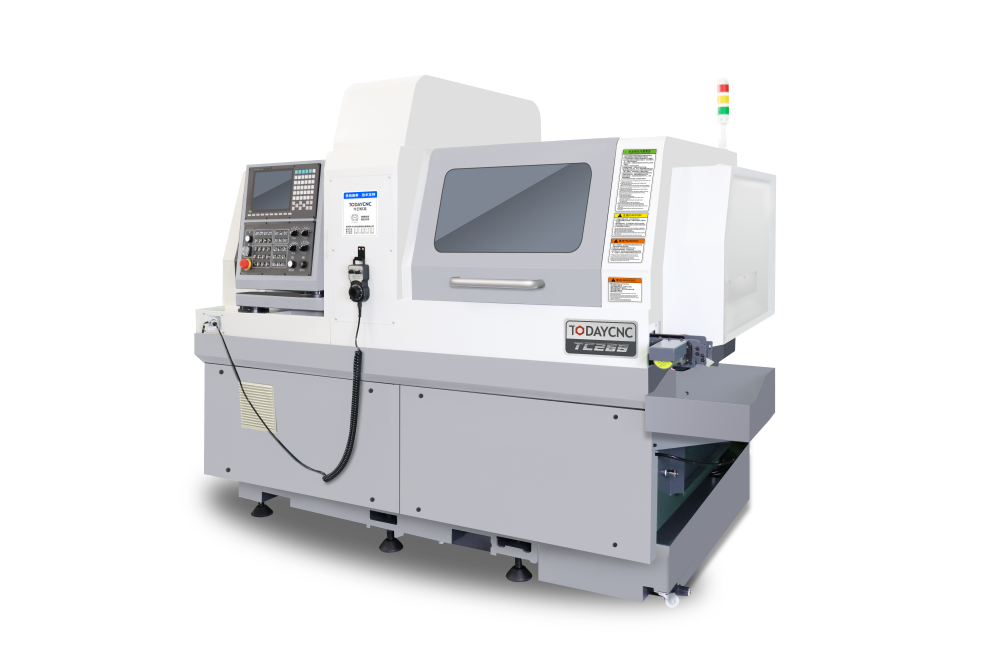Understanding Dual Turret Lathes: Revolutionizing Precision Machining
Dual turret lathes are advanced machining tools that have transformed the landscape of precision manufacturing. These machines are characterized by their two independent turret systems, allowing them to perform multiple operations simultaneously, which significantly increases productivity and efficiency compared to traditional single turret lathes.
One of the primary advantages of a dual turret lathe is its ability to handle complex machining tasks without the need for frequent tool changes or repositioning of the workpiece. This not only reduces cycle times but also minimizes the risk of errors, leading to higher quality products. By having two turrets, operators can set up different tools on each turret, enabling the machine to execute operations like turning, drilling, and milling in a single pass. This capability is especially beneficial for high-volume production where time and accuracy are critical.
The operational mechanics of a dual turret lathe are fairly sophisticated. Each turret is controlled independently, allowing them to move and operate at different speeds and feeds, depending on the task at hand. This means that while one turret is machining a component, the other can be preparing for the next operation, thereby streamlining the entire manufacturing process. This dual-operation feature is particularly useful for manufacturing parts with multiple features, as it optimizes machining times and reduces the overall production costs.
In terms of applications, dual turret lathes are widely used in industries that require precision components, such as automotive, aerospace, and medical device manufacturing. The ability to produce intricate parts with high repeatability makes them a preferred choice for manufacturers looking to maintain a competitive edge in their respective markets. Moreover, the versatility of dual turret lathes allows them to be adapted for various materials, including metals, plastics, and composites, making them a valuable asset in any machine shop.
Furthermore, the integration of CNC (Computer Numerical Control) technology in dual turret lathes has elevated their performance to new heights. CNC systems allow for programmable operations and complex machining strategies, ensuring that even the most intricate designs can be produced with precision. This technological advancement has not only improved productivity but also enhanced the flexibility of machining processes, catering to the ever-evolving demands of the manufacturing sector.
In summary, dual turret lathes represent a significant innovation in the field of manufacturing and machining. Their ability to execute multiple operations concurrently, combined with the precision offered by modern CNC technology, makes them an invaluable tool for manufacturers looking to optimize their production processes. As industries continue to seek ways to enhance efficiency and reduce costs, the role of dual turret lathes will undoubtedly become even more prominent in the future.
One of the primary advantages of a dual turret lathe is its ability to handle complex machining tasks without the need for frequent tool changes or repositioning of the workpiece. This not only reduces cycle times but also minimizes the risk of errors, leading to higher quality products. By having two turrets, operators can set up different tools on each turret, enabling the machine to execute operations like turning, drilling, and milling in a single pass. This capability is especially beneficial for high-volume production where time and accuracy are critical.
The operational mechanics of a dual turret lathe are fairly sophisticated. Each turret is controlled independently, allowing them to move and operate at different speeds and feeds, depending on the task at hand. This means that while one turret is machining a component, the other can be preparing for the next operation, thereby streamlining the entire manufacturing process. This dual-operation feature is particularly useful for manufacturing parts with multiple features, as it optimizes machining times and reduces the overall production costs.
In terms of applications, dual turret lathes are widely used in industries that require precision components, such as automotive, aerospace, and medical device manufacturing. The ability to produce intricate parts with high repeatability makes them a preferred choice for manufacturers looking to maintain a competitive edge in their respective markets. Moreover, the versatility of dual turret lathes allows them to be adapted for various materials, including metals, plastics, and composites, making them a valuable asset in any machine shop.
Furthermore, the integration of CNC (Computer Numerical Control) technology in dual turret lathes has elevated their performance to new heights. CNC systems allow for programmable operations and complex machining strategies, ensuring that even the most intricate designs can be produced with precision. This technological advancement has not only improved productivity but also enhanced the flexibility of machining processes, catering to the ever-evolving demands of the manufacturing sector.
In summary, dual turret lathes represent a significant innovation in the field of manufacturing and machining. Their ability to execute multiple operations concurrently, combined with the precision offered by modern CNC technology, makes them an invaluable tool for manufacturers looking to optimize their production processes. As industries continue to seek ways to enhance efficiency and reduce costs, the role of dual turret lathes will undoubtedly become even more prominent in the future.
Related Blog














